Medicinal mushroom products have surged in popularity over the last decade. From mushroom-infused coffee to chocolate, there’s no shortage of choices. A dual-extraction mushroom tincture is another excellent way to enjoy fungi’s health benefits!
Using mushroom tinctures is a convenient way to incorporate functional mushrooms into your daily regimen. They are easy to add to smoothies, coffee, and other foods using just a dropper. Some medicinal mushrooms can be tough to digest in pure powdered form, making extraction a helpful method to enhance bioavailability.
Tinctures are a well-liked technique for drawing out nutrients and flavors from herbs, utilizing alcohol to extract beneficial components from the plant into a liquid. Familiar examples include vanilla extract or an herbal tincture. Glycerin (for glycerites) and vinegar (for herbal vinegars) can also extract compounds but aren’t classified as tinctures.
Water is another extraction method! Teas with peppermint, marshmallow root infusions, and elderberry decoctions (used for elderberry syrup) all employ water as the menstruum. They tend to have a shorter shelf life than alcohol tinctures, and water yields different nutrients compared to alcohol.
A dual extraction merges both a water and an alcohol extract from the same plant. Typically, one method is chosen, but in mushrooms, both can be beneficial. Water draws out beta-glucans and polysaccharides, while triterpenes are better extracted with alcohol.
How to Create a Mushroom Tincture
Opinions on the best approach to crafting a mushroom blend tincture vary. Due to limited evidence supporting various methods, it’s mainly a matter of personal preference. After exploring these variations, here’s the mushroom extract approach I favor.
Start by placing finely chopped or powdered dry mushrooms in a clean jar. Larger pieces may not extract efficiently, and fresh, wet mushrooms are prone to spoilage. I used mushroom powder, but foraged and dried mushrooms are viable alternatives.
Allow these mushrooms to steep in alcohol for 2-4 weeks. After straining, store the alcohol in a clean jar and save the mushrooms. Some people reuse the same mushrooms for the water extraction, while others opt for fresh ones.
Next, simmer the mushrooms in water and then strain them. Finally, combine the extracts from the alcohol and water.
Which Mushrooms to Choose for a Mushroom Tincture
Many options are available. You can use a single mushroom type or a combination. Some mushrooms, like shiitake and maitake, are tasty in soups and stir-fries, while other more bitter mushrooms suit mixes or tinctures. Many are also nootropics that support brain health.
There is also debate over which part of the mushroom is optimal. The fruiting body grows above ground, while mycelium is the subterranean portion. Research suggests that mycelium has benefits in certain mushrooms, though it often lacks potency.
Consider these mushrooms and their health contributions:
- Lion’s mane (Hericium erinaceus) – Bolsters immune function and cognitive abilities, provides antioxidants, enhances memory and mood, and decreases inflammation.
- Reishi (Ganoderma) – A staple in Chinese medicine for centuries, it modulates the immune system, accelerates healing, and may offer cancer protection. Also an adaptogen that safeguards the heart, liver, brain, and more.
- Chaga (Inonotus obliquus) – Nutrient-rich, bolsters immunity, and enhances metabolism, strength, and endurance.
- Turkey tail (Trametes versicolor) – Supports immunity, promotes gut health, contains antioxidants, and mitigates inflammation.
- Cordyceps – Enhances energy, athletic performance, and possesses anti-aging and immune-boosting properties. Also aids in maintaining healthy blood sugar and protects the liver and heart.
Additional Ways to Incorporate Medicinal Mushrooms
If making your own tincture doesn’t appeal to you, plenty of places sell high-quality options. I prefer Four Sigmatic for mushroom supplements in pill or powder form. They also offer excellent coffee and cocoa!
How to Make a Dual-Extraction Mushroom Tincture
This method uses both water and alcohol to create a robust mushroom tincture. Utilize any dried medicinal mushroom or a blend.
- Preparation Time: 5 minutes
- Active Time: 2 hours
- Infusion Time: 14 days
- Total Time: 14 days, 2 hours, 5 minutes
- Yield: 16 ounces
-
Author: Katie Wells
-
Ingredients:
- ¾ cup mushroom powder (or finely chopped mushrooms)
- 1 and ¼ cups 190 proof alcohol
- 4 cups filtered or distilled water (or more)
-
Instructions:
- Place mushrooms in a glass jar and pour alcohol over them. Seal the jar.
- Let the mixture steep for 2-4 weeks, shaking it daily.
- Strain the mushroom powder from the alcohol with cheesecloth, setting both aside. Pour the infused alcohol into a clean jar and place the mushrooms in a pot.
- Add water to the pot and heat gently on the stove for 2-4 hours, adding more water if needed. Reduce liquid by about half.
- Strain and compost the mushrooms.
- Aim for equal parts of alcohol and water extracts. If the alcohol tincture is 1 cup, match the water infusion to it. Adjust water levels if necessary.
- Transfer the water mix to a clean jar.
- Gradually add the alcohol mix while stirring to prevent polysaccharide separation.
- Transfer some tincture into a dropper bottle for use, refilling from the mason jar as needed.
- Notes:
- Store extract in a cool, dry spot, away from heat and sunlight.
- Consume a dropperful in liquid daily or as desired.
- If mushrooms are in chunks, blend them with alcohol after a few hours to grind them up. Hard mushrooms like chaga may resist blending.
Do medicinal mushrooms feature in your daily routine? Share your favorite uses!


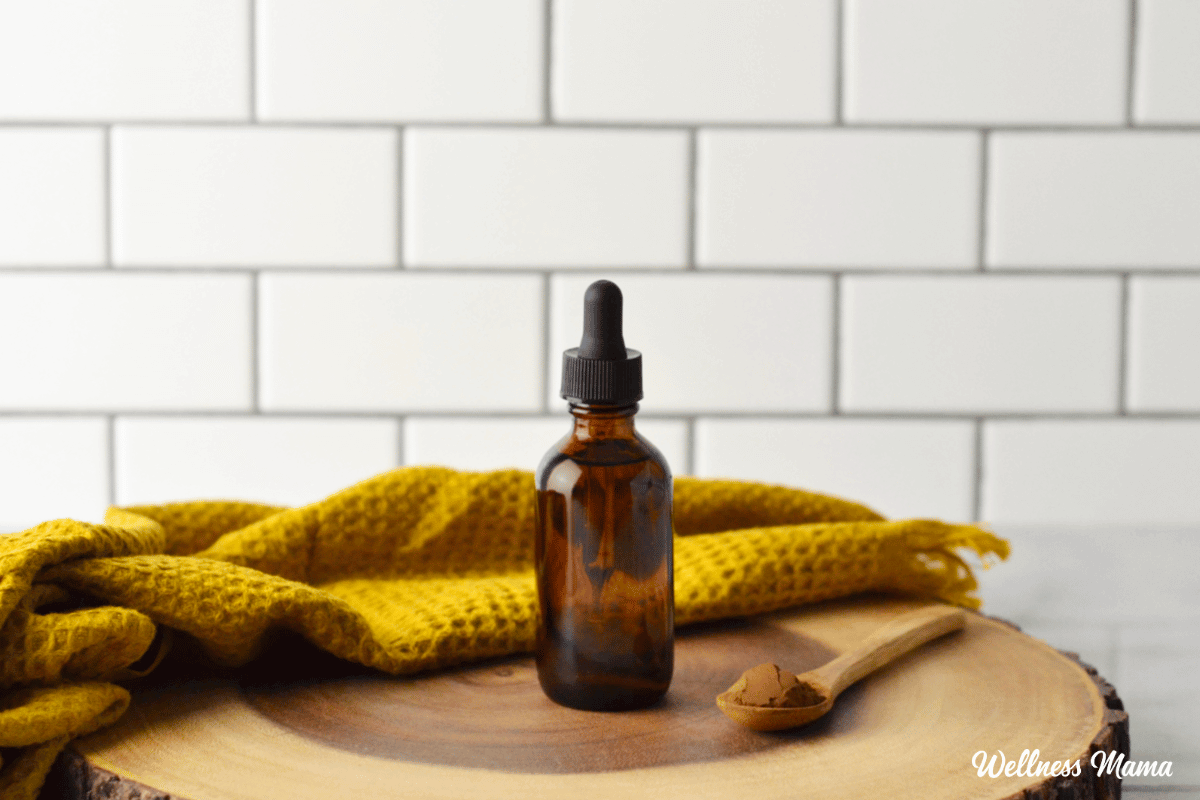
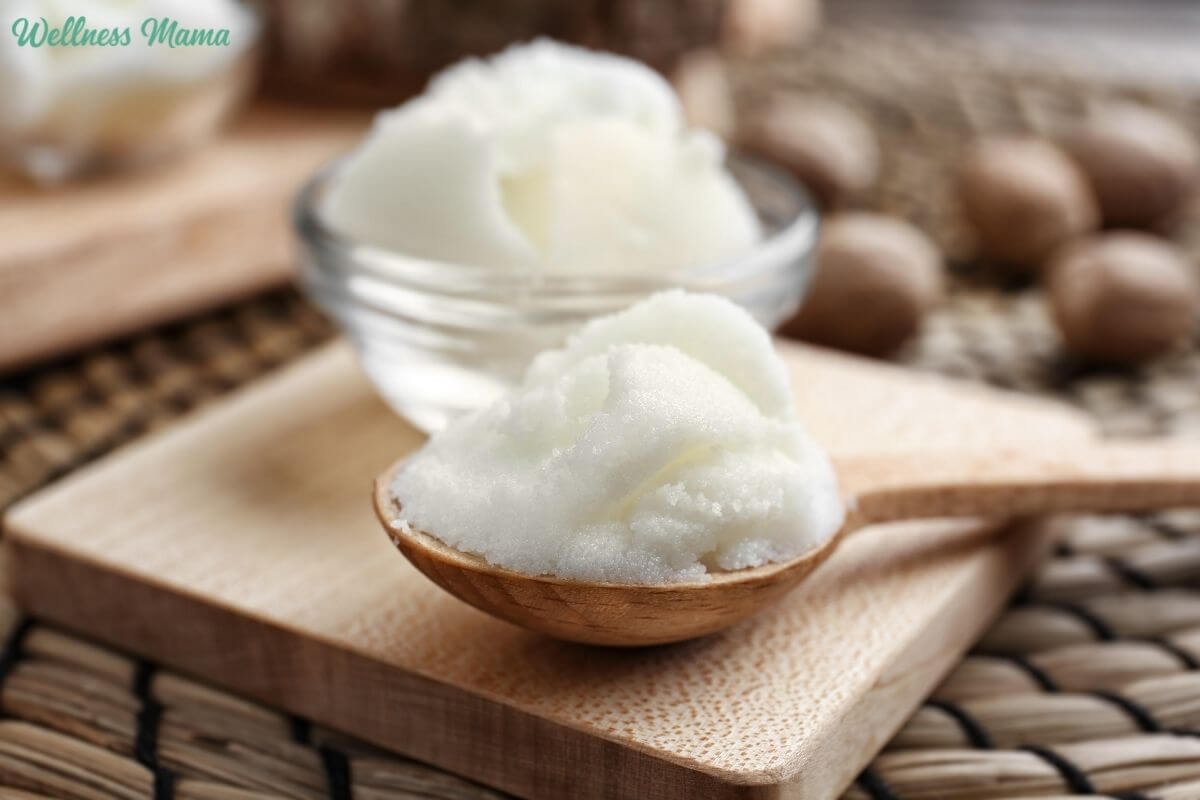
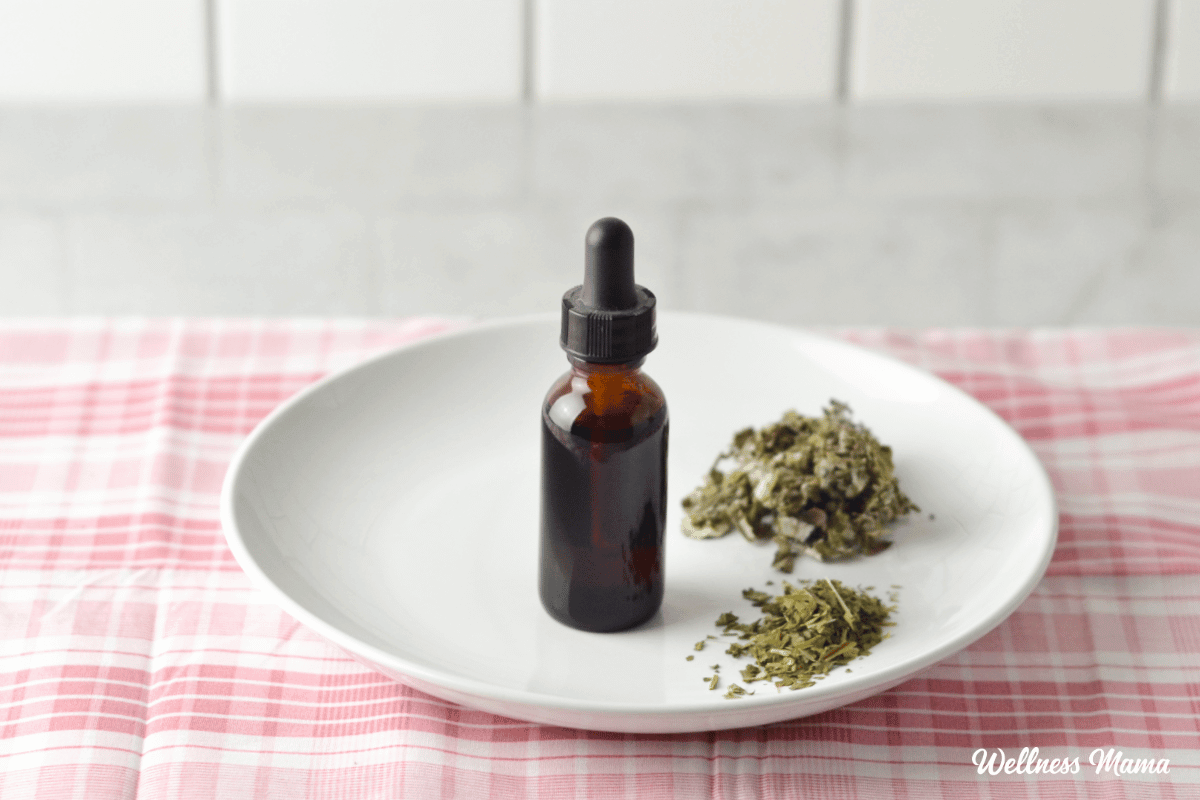

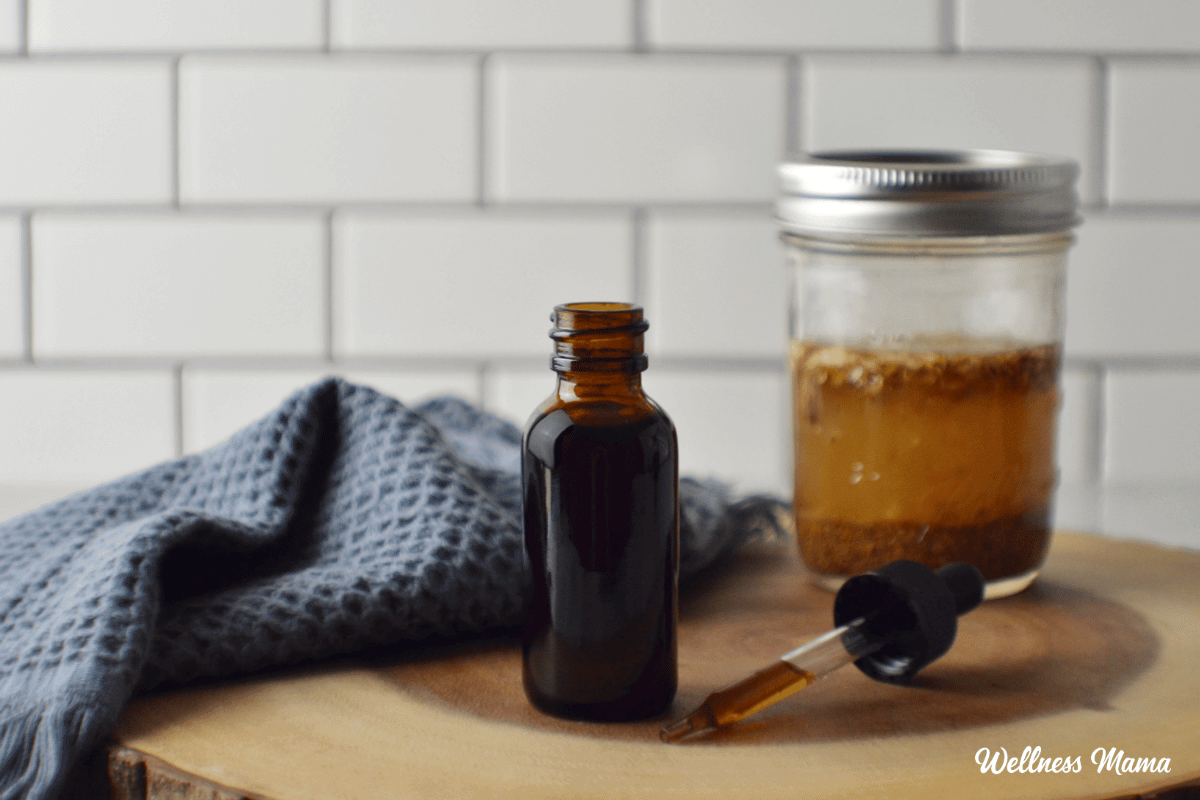


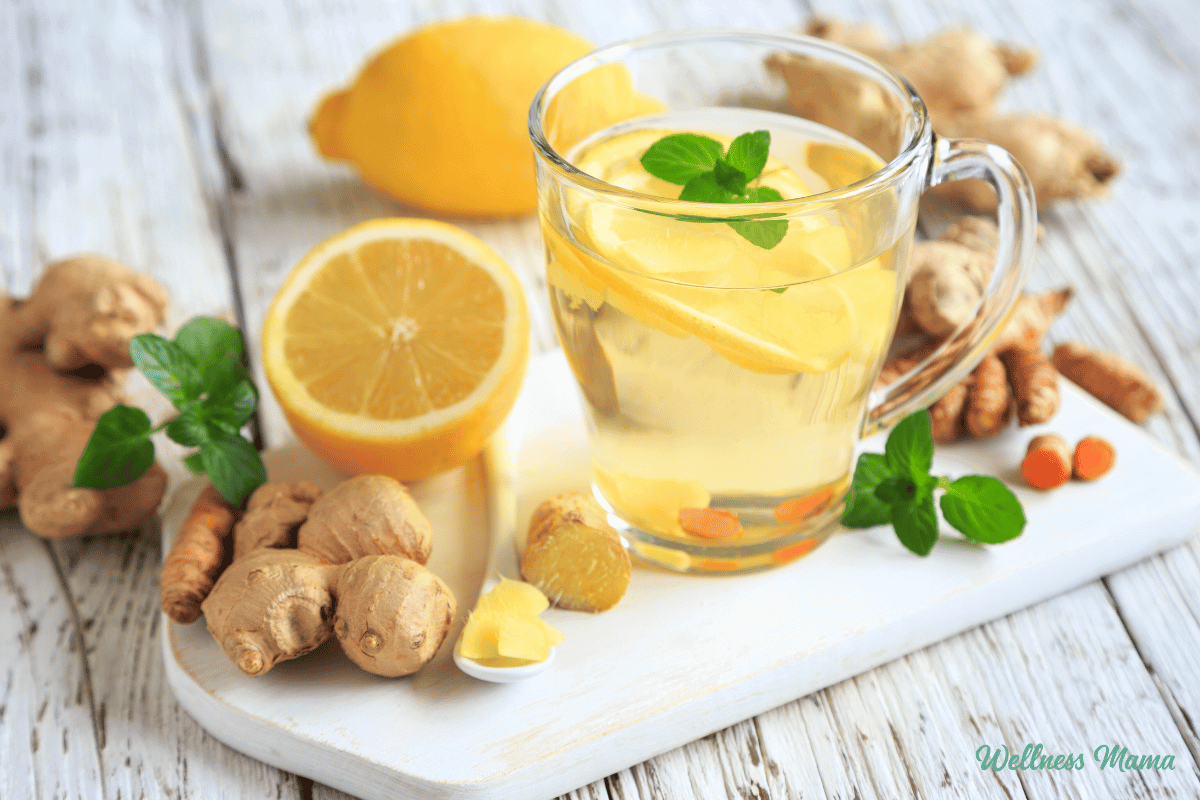
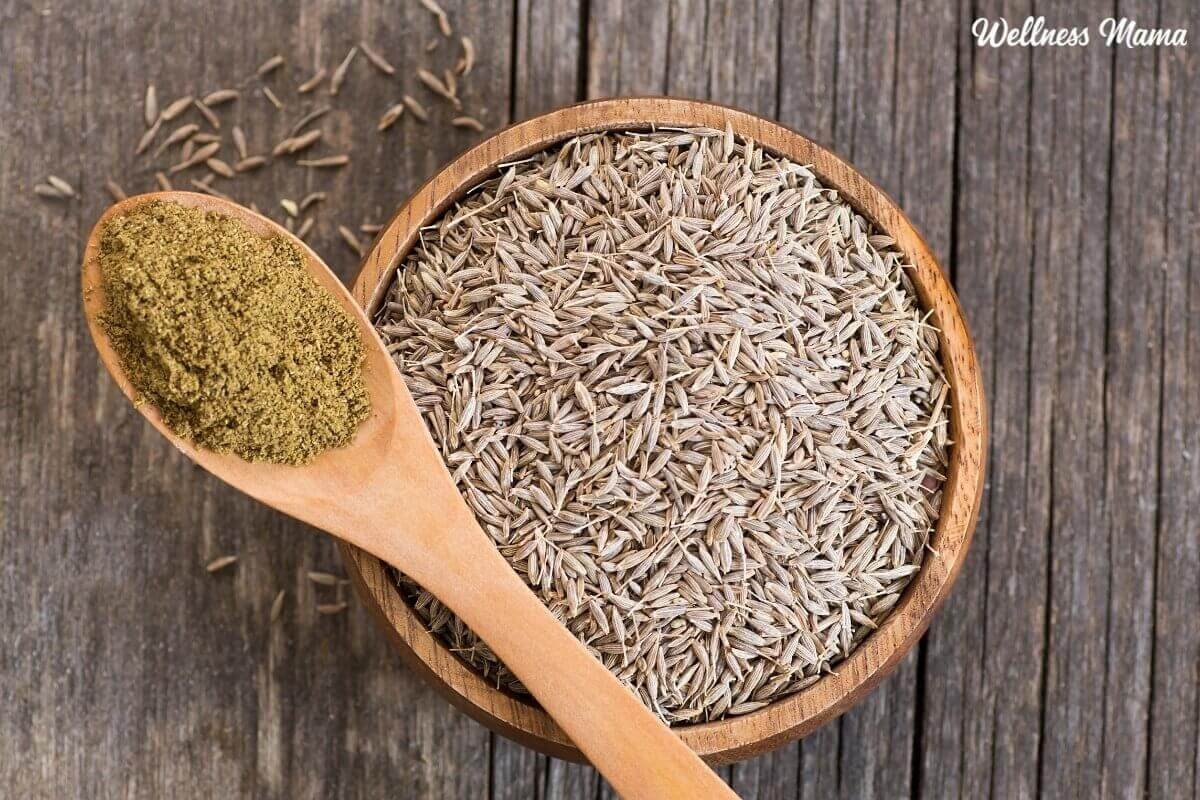
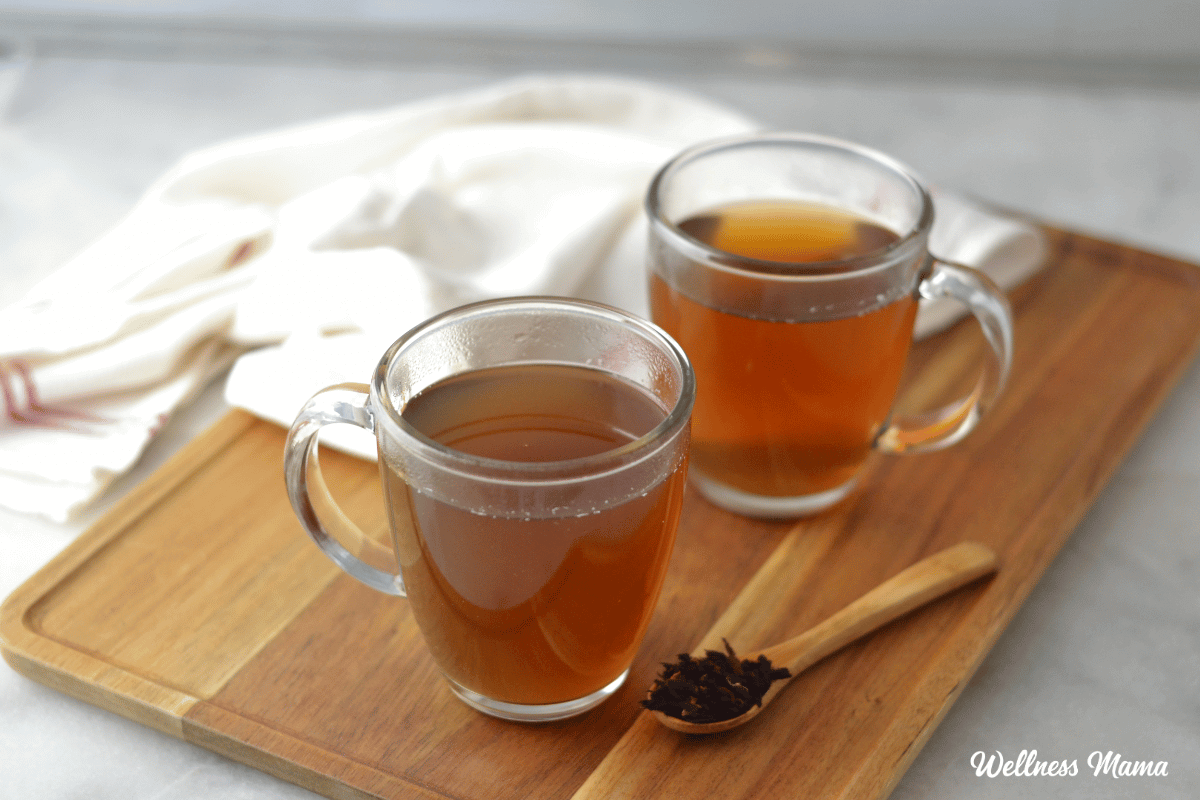


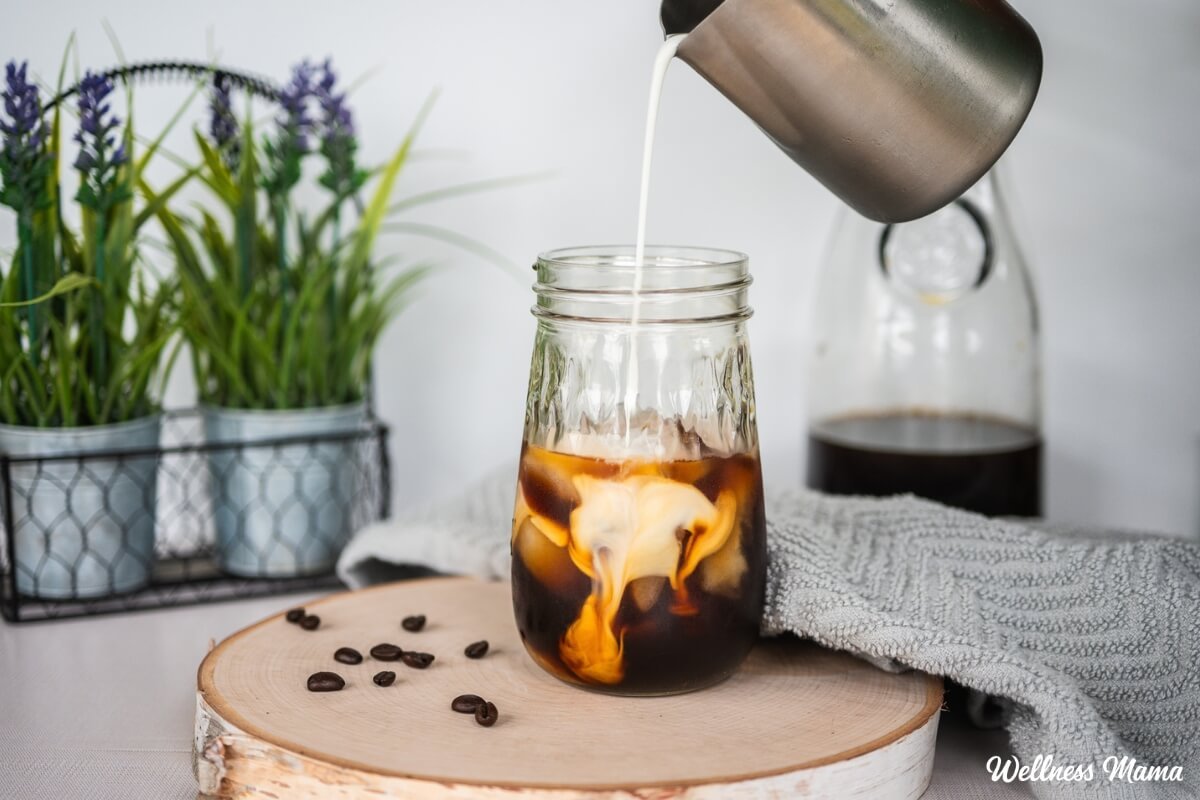
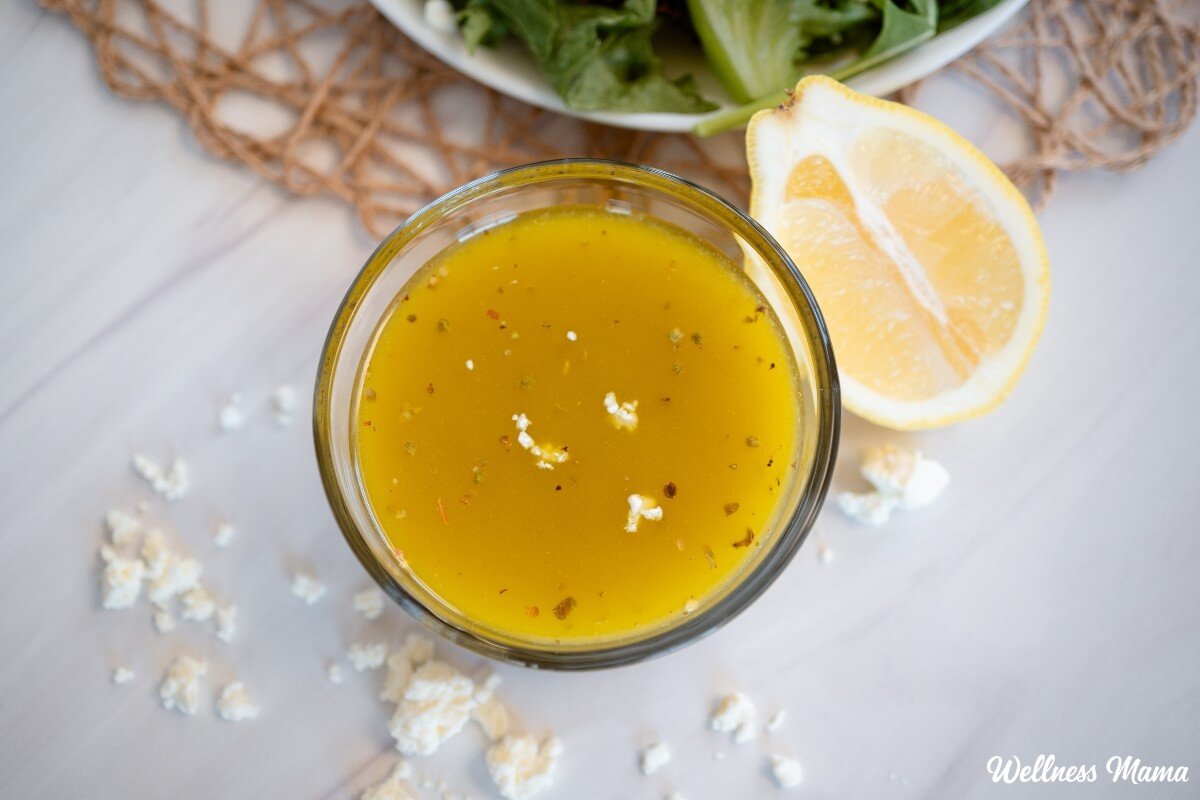
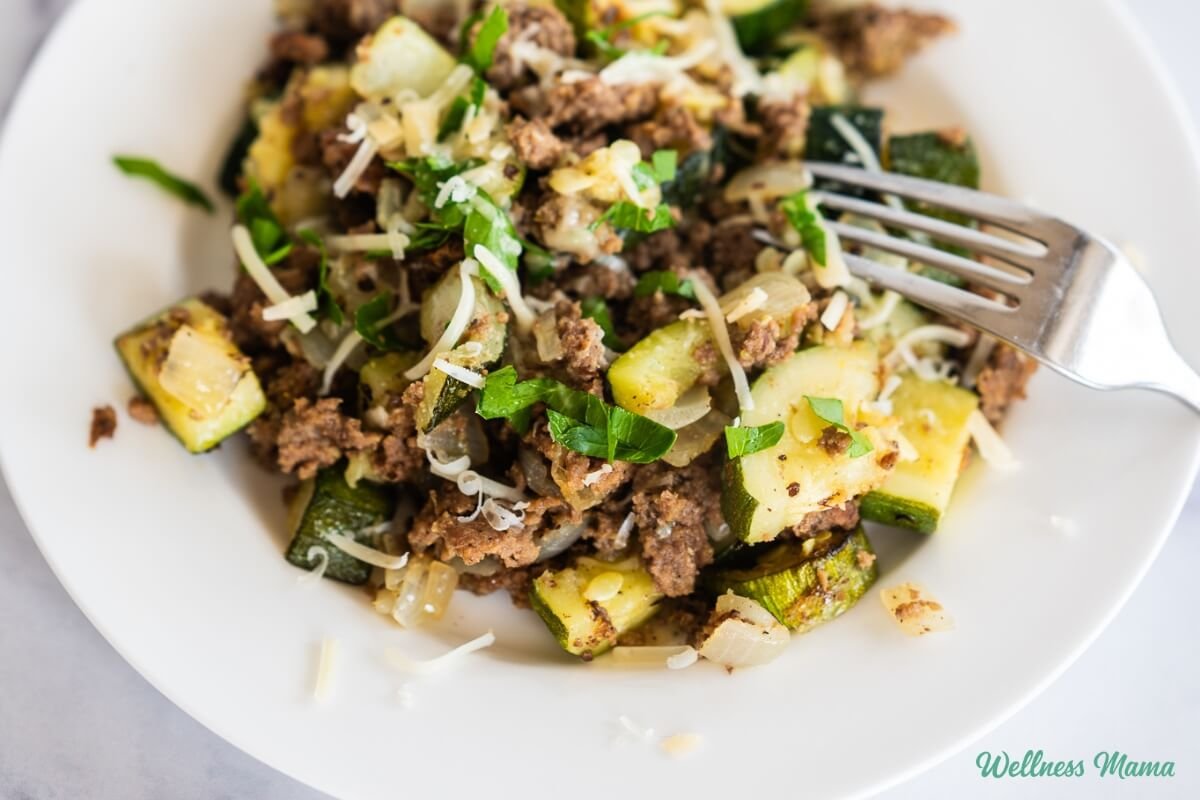
Leave a Reply